“A book, or a work of art [culture]cannot by itself change the world, but by asking the questions that matter, it might attempt to be an act of articulation against violence, both the brutal and casual kinds. It might aspire to starting a conversation, through which together we might find common meaning and words that free.” - Jeff Chang
For this digital artist residency with Big Red & Shiny I will produce a series of essays that explore different emotions I’ve been processing and trying to articulate visually in America’s Post-Obama Era. This week the topic at hand is Joy.
__________________________________________________________________________________________________________
One of the many ripple effects of the 2016 election and all that has followed is the changing tides in America’s relationship with news. At first I was thankful to be living in the age of social media, so I could keep tabs on the progression of Trump’s actions from Twitter to executive orders. More than ever, I wanted to stay informed. Unfortunately, it wasn’t long before being informed became synonymous with anxiety about the future.
Any artist who claims their media consumption does not impact their work is lying or willfully ignorant. I had to ask myself how I could combat the anxiety produced by the news. What else had I been absorbing? Where did I find positivity? Where did I see images of people who look like me thriving or, at the very least, sharing my plight?
These inquiries made me think about my relationship with television. Especially because I’m an avid over-thinker, it’s nice to fall into the stories of characters whose problems I don't have to fix, mediate, or navigate around in real life. While it happens less on the traditional screen and more on my laptop, the outcome was still the same; it was a temporary escape. The paradox here continues to be representation. Despite the Black TV Renaissance that has been happening parallel to the election, Netflix’s #FirstTimeISawMe campaign embodies so many feelings I’d never verbalized. Seeing one or two people on screen with higher concentrations of melanin isn’t enough when all they are doing is reaffirming a stereotype.
“We need to change that because television is not just entertainment,” says Darnell Hunt, a sociologist and dean of social sciences at UCLA who recently published a study that identifies how race impacts the perspectives of writers in Hollywood. “Media images do matter, particularly for people who don’t have a lot of face-to-face encounters with people who are not like them. A lot of what they learn about people is what they see in these images.”
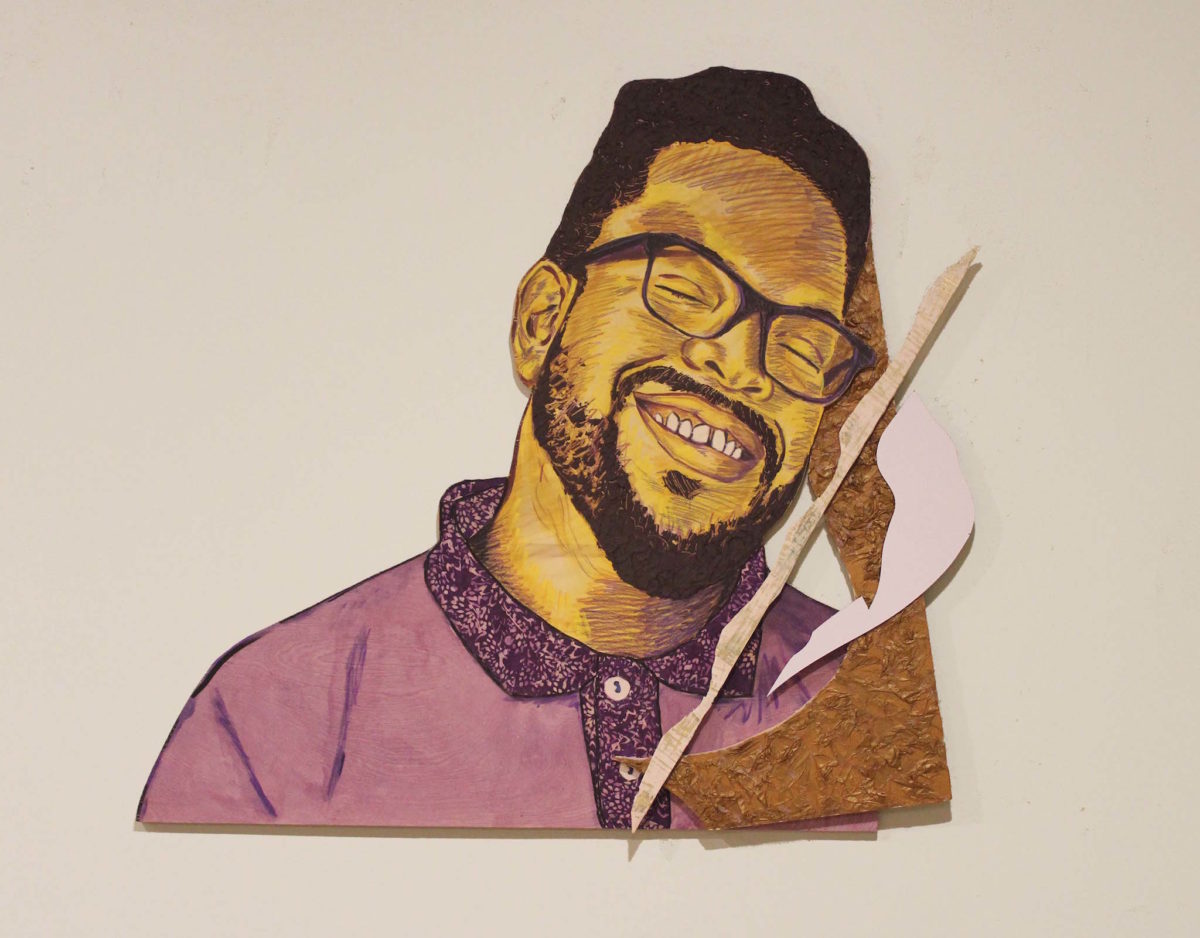
Chanel Thervil, "Glee," 2017, alumalite, wood, assorted papers, color pencil, acrylic, ink, 36 x 39i inches, image courtesy of the artist.
Recently I’d found my escape in HBO’s Insecure. The show follows a black millennial woman who navigates love, friendship, and personal growth while working at a non-profit that promotes youth development. Aside from being being a major fan of the star and showrunner Issa Rae, what I admire most is her commitment to telling the stories of ordinary people that are also black. Her convictions are clear as she explains, “I just wanted to see my friends and I reflected on television, in the same way that white people are allowed, and which nobody questions. Nobody watches Divorce [an HBO stablemate, starring Sarah Jessica Parker]and asks: ‘What is the political element, what is the racial element driving this?”
I wholeheartedly harbor her sentiments when thinking about the art world as well. There are so few black artists that get publicized and even fewer black artists whose works are discussed without being politicized or tokenized as extraordinary. I wanted to free myself from the politics and focus on what I felt. Watching the humor produced by Rae’s misadventures in Insecure brought me joy that minimized my news-induced anxiety.
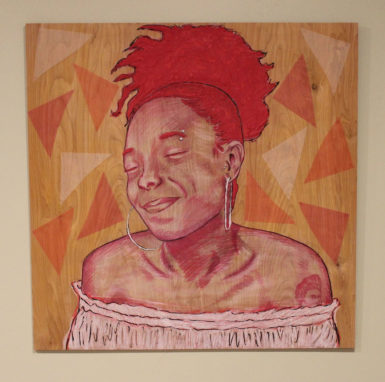
"Bliss" is the embodiment of Nazia's love for mac and cheese. Chanel Thervil, "Bliss," 2017, wood, color pencil, acrylic, chalk pastel, ink, mesh, 3 x 3 feet, image courtesy of the artist.
I had grown accustomed to making portraits fueled by interviews with people I encountered in the places I frequented. I was lucky enough to have two fellow creatives, Nazia Perry and Tim Hall, agree to be models for the work. I believe that the definition of joy isn’t necessarily tangible and varies from person to person. So while photographing them, I asked questions about their favorite foods, people they love, and what makes them feel like their best selves. Then, I paired that with the added challenge of limiting the color palette to focus on the purity of the joy in their expressions.
In thinking about the media’s impact on me, interviewing models for my work, and desire to widen the spectrum of representation of black people, I have found myself grappling with the following questions left unanswered:
- At what point does staying informed become a hinderance to progress?
- Can emotions like anxiety or joy be absorbed second hand?
- Is there a way to measure the appropriate amount and kinds of representation for any given identity?
- Where can one seek refuge if they don’t feel visible in either their realities or their means of escape?
- Reference image of Tim Hall for “Glee,” image courtesy of the artist.
- Reference image of Tim Hall for “Glee,” image courtesy of the artist.
- “Glee” is the embodiment of Tim thinking about his father’s hugs. Chanel Thervil, “Glee,” 2017, alumalite, wood, assorted papers, color pencil, acrylic, ink, 36 x 39i inches, image courtesy of the artist.
- Chanel Thervil, “Glee” (detail), 2017, alumalite, wood, assorted papers, color pencil, acrylic, ink, 36 x 39i inches, image courtesy of the artist.
- Reference image for Nazia Perry for “Joy,” image courtesy of the artist.
- Chanel Thervil, “Joy,” 2017, wood, color pencil, acrylic, chalk pastel, ink, felt, 3 ft x 26 in, image courtesy of the artist.
- Chanel Thervil, “Joy” (detail), 2017, wood, color pencil, acrylic, chalk pastel, ink, felt, 3 ft x 26 in, image courtesy of the artist.
- Reference image for Nazia Perry for “Bliss,” image courtesy of the artist.
- “Bliss” is the embodiment of Nazia’s love for mac and cheese. Chanel Thervil, “Bliss,” 2017, wood, color pencil, acrylic, chalk pastel, ink, mesh, 3 x 3 feet, image courtesy of the artist.

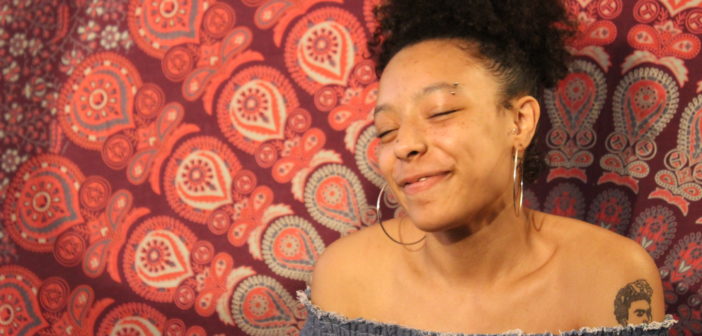
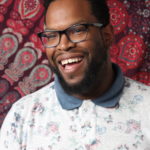

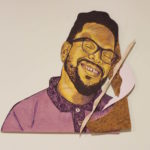
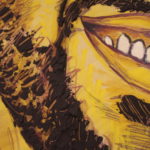
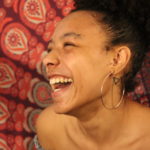
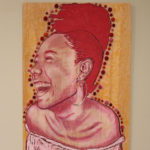
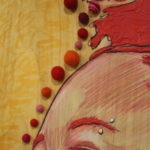
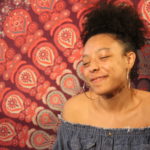
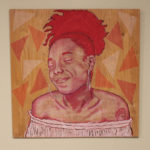
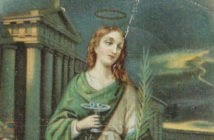
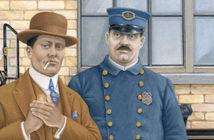
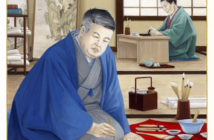
1 Comment
Chanel, What a wonderful article. The project you are pursuing is a good one, and I really like the images so far. Keep going!